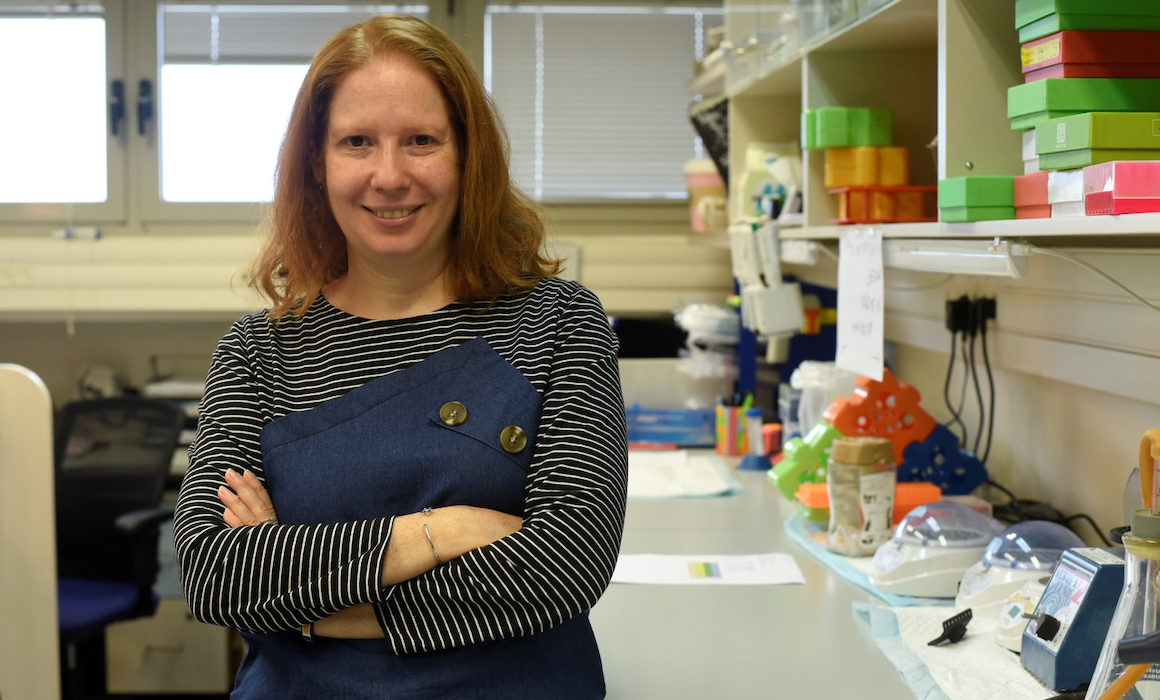Pictured Above / Professor Reut Shalgi
Researchers at the Technion’s Rappaport Faculty of Medicine have discovered that the body has the capability of curing various neurodegenerative diseases, including Huntington’s, Alzheimer’s, and ALS. Unfortunately, however, the body often fails to detect the problem and activate the solution.
Professor Reut Shalgi likened the situation to computer troubleshooting. Often you don’t recognize at first that something is wrong with your computer. And when you do, finding the solution is hit or miss. “It is the same with our cells,” she said. “They do not always realize there is a problem, or know how to solve it, even when they do in fact have the tools to do so.”
A common characteristic of many neurodegenerative diseases is the pathological accumulation in the brain of abnormal protein aggregates, often caused when proteins are “misfolded.” Attempting to correct or remove misfolded proteins, the body activates “chaperone” proteins, a group of related proteins that assist in the proper protein folding. But many different chaperones are encoded in the human DNA. Which chaperones are needed to solve the problem?
The researchers examined 66 chaperones in cells with Huntington’s or ALS-associated protein aggregates. Some chaperones, they found, only made things worse. But to their surprise, they also found chaperones that could eliminate the aggregates, curing the cell.
This positive finding begs the question: if the necessary chaperones exist, why don’t they cure patients before neurons degenerate?
“It is not enough that the tools exist in the cell’s toolbox,” said Prof. Shalgi, who led the research, recently published in Nature Communications. “The cell needs to realize there is a problem, and then it needs to know which out of the many tools available it should use to solve the problem.”
The researchers found that in cells with Huntington-associated protein aggregates, the cells sensed there was a problem and activated stress-response chaperones. The problem was that they were not the correct ones. With ALS-associated aggregates, the cells did not even realize they needed help.
“The good news is that since the ability is there, we hope future treatments can be developed to employ the body’s own tools to cure these debilitating neurodegenerative diseases,” said Prof. Shalgi.


